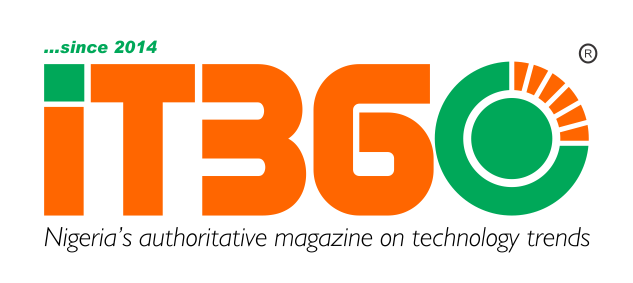Generative AI is the type of AI used to create a wide variety of data such as images, videos and audio. It does this by learning patterns from existing data and then using this knowledge to generate new and unique outputs. Capable of generating highly realistic and complex content that mimics human creativity, making it a valuable tool.
Generative AI can be either unimodal or multimodal, depending on the type of input it takes. Unimodal systems take only one type of input (for example, text) whereas multimodal systems can take more than one type of input (for example, text and images).
The two most prominent frameworks for approaching generative AI are generative adversarial networks (GANs) and generative pre-trained transformers (GPTs). GANs consist of two parts: a generator network that creates new data samples, and a discriminator network that evaluates whether the samples are real or fake. The two networks are trained together in a competitive process like adversaries, with the generator network trying to produce better and more realistic samples, while the discriminator network tries to accurately identify the fake ones. GPTs are artificial neural networks that are based on transformer architecture, pre-trained on large datasets of unlabelled text, and able to generate novel human-like text. They use large language models to produce data based on the training data set that was used to create them.

Generative AI has potential applications across a wide range of industries, including software development, marketing, and fashion. There are various applications of generative AI in day-to-day life. Some of the most common uses are;
Text Generation
Text Generation involves using machine learning models to generate new text based on patterns learned from existing text data. The models used for text generation can be Markov Chains, Recurrent Neural Networks (RNNs), and more recently, Transformers, which have revolutionized the field due to their extended attention span. Text generation has numerous applications in the realm of natural language processing, chatbots, and content creation.
Application: ChatGPT, developed by OpenAI, Bing Chat by Microsoft, and Bard by Google are popular platforms that use Text Generation to generate human-like responses in chat conversations.
Image Generation;
Image Generation is a process of using deep learning algorithms such as VAEs, GANs, and more recently Stable Diffusion, to create new realistic images that are visually similar to real-world images. Image Generation can be used for data augmentation to improve the performance of machine learning models, as well as in creating art, generating product images, and more.
Application: Very successful platforms such as MidJourney and DALL-E have become a popular choices for anyone seeking to generate realistic images through Image Generation techniques.
Video/ Audio Generation
Video Generation involves deep learning methods such as GANs and Video Diffusion to generate new videos by predicting frames based on previous frames. Video Generation can be used in various fields, such as entertainment, sports analysis, and autonomous driving. Video Generation can be often seen in use with Speech Generation. The models used for speech generation can be powered by Transformers. Speech Generation can be used in text-to-speech conversion, virtual assistants, and voice cloning.
Application: Platforms such as DeepBrain and Synthesia utilize Video and Speech Generation to create realistic video content that appears as if a human was speaking on camera.
Data Augmentation:
Data Augmentation is a process of generating new training data by applying various image transformations such as flipping, cropping, rotating, and colour jittering. The goal is to increase the diversity of training data and avoid overfitting, which can lead to better performance of machine learning models.
Application: Synthesis AI simplifies the process of building and optimizing machine learning models by providing a platform for creating AI models using automated machine learning techniques.
Generative AI has a diverse range of applications that go beyond text, video, image, speech generation, and data augmentation. For instance, it can be used for music generation, game development, healthcare, and more. In healthcare, generative AI can help generate synthetic medical data to train machine learning models, develop new drug candidates, and design clinical trials. These are just some examples of the many possibilities for generative AI, and as technology advances, we can expect to see more applications emerge.
Investment in generative AI surged during the early 2020s, with large companies such as Microsoft, Google, and Baidu as well as numerous smaller firms developing generative AI models. These companies have been competitively creating new models trying to beat each other. Especially with Microsoft’s incorporating OpenAI, this has kept Google on its toes in the AI race
Arguments and legislation are being made across the globe to ascertain whether the advent of AI will be beneficial to humanity. Content creators, copywriters and other specialists in other areas are worried about losing their means of livelihood with the proliferation of AI creation and uses. Even the ‘Godfather of AI’ Geoffrey Hinton, stated the downsides of AI.
But looking on the bright side, it is an exciting time to explore Generative AI. The AI few is a relatively new one, and acquiring the right skills on time will get you to its forefront. At this point, it is undeniable that AI is the future because whether we agree or not it has already begun shaping it. So get on the wheel guys, it will be an interesting ride.


